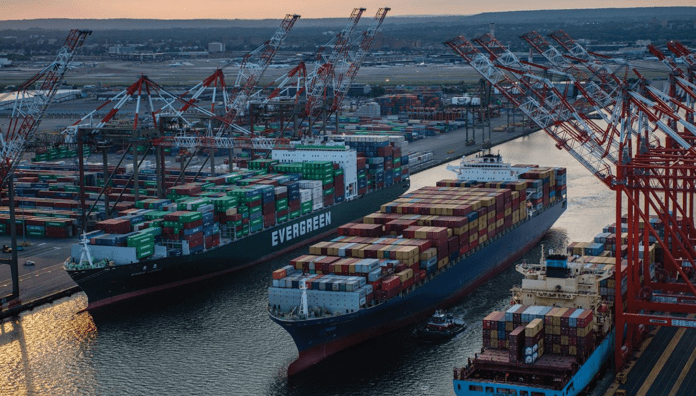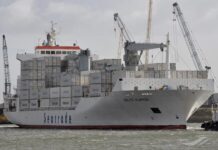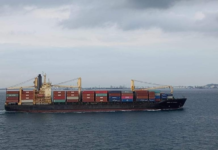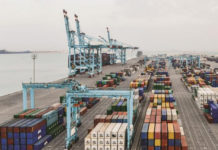
Massive increases in container shipping rates since 2 May are the consequence of Asian port congestion, US import demand, reduced Asia to Europe capacity and the ongoing geopolitical risks seen in the Red Sea, sending rates soaring by 28.8% in two weeks.
Drewry Shipping consultants said that average container freight rates had fallen week-on-week by 2.6% between 25 January and early May, boosting the top line of container shipping companies and their share prices by 19% this year so far.
However, the major reasons for the rising rates are short-term, such as congestion in Asia, empty container repositioning and a capacity squeeze on European trades, which are mainly a consequence of the Red Sea diversions.
Alphaliner reported last week: “Despite the fact that already 1.14 million TEUs of new capacity has been delivered this year so far, the members of the three mega-alliances still lacked 36 ships to fully staff their 25 Asia – Europe loops as of 10 May.”
In highlighting the level of capacity still needed to maintain services from the three major alliances, Alphaliner also compared the carriers’ requirements should Suez Canal transits restart.
The broker said that should the Red Sea diversions end this month and Suez Canal transits resume, the carriers would have around 54 vessels of an average size of 14,150 TEUs, to redeploy, around 764,100 TEUs in total.
Stefan Verberckmoes, an Alphaliner analyst said: “There would be a large overcapacity if the Red Sea gets solved. However, this is not expected to happen soon. Carriers have finally restructured their networks with new rotations in view of the Cape routings.”
He added that another 2 million TEUs will be delivered this year, “which will help to reduce the current 10% shortage on Asia-Europe. My analysis focused on the Far East – Europe trade only and the alliance services in particular,” he concluded.
In addition, Verberckmoes said extra tonnage is needed for services from India to Europe or from Asia to US East Coast, which will reduce the over-capacity equation, as will the 3% growth in volumes that is also expected.
“I hear from carriers that they expect a strong peak season, which means that the additional capacity is still more than welcome for the time being,” added the analyst.
According to Alphaliner data as of 10 May, the Asia to Europe services were being operated by 340 ships by the three main alliances, 36 short of the number needed for 25 loops, meaning that lines were forced to cancel 9.6% of all weekly sailings.
But Alphaliner said the situation varies for each alliance, with the Ocean Alliance short of 20 ships, while 2M and THE Alliance both require an additional eight vessels.
2M, however, already operates 125 vessels compared to THE Alliance’s 110. Vessel shortages for the European trades have already seen Maersk and MSC return to vessel sharing to help cope with the discrepancy in necessary capacity for the Cape diversions.
Mary Ann Evans
Correspondent at Large





